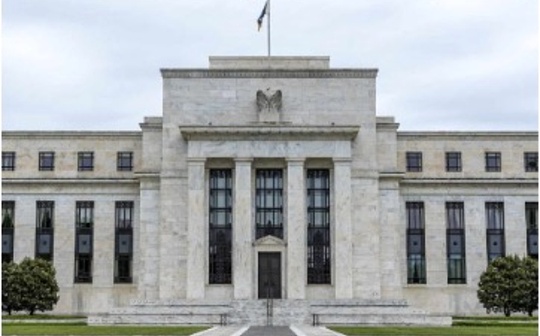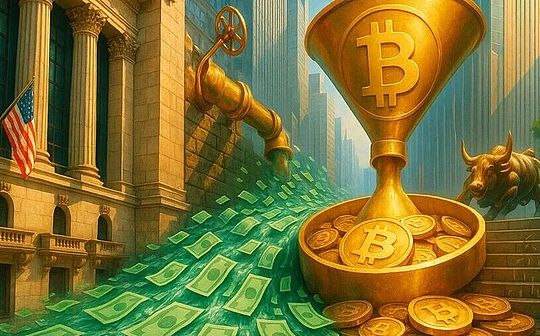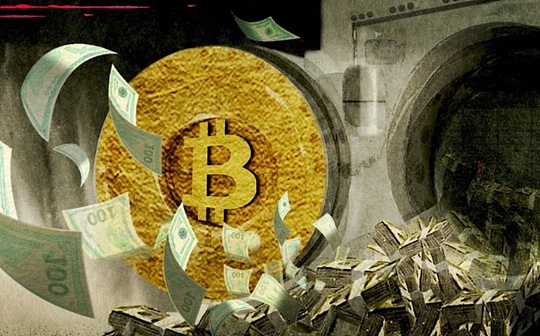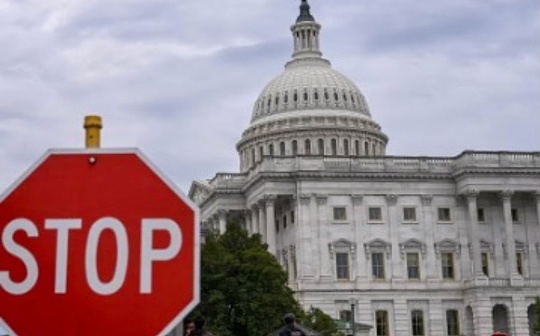
Author: He Hao, Wall Street News
On Wednesday local time, the Federal Reserve released the minutes of the Federal Open Market Committee (FOMC) meeting from September 16 to 17.
According to the latest meeting minutes, Fed officials generally agreed that the recent slowdown in employment growth outweighed concerns about continued high inflation, so they lowered the benchmark interest rate by 0.25 percentage points to a range of 4% to 4.25% in September, the first rate cut this year.
The vote at the September meeting was 11-1.The only dissenting member was newly appointed Fed Governor Stephen Miran, who was appointed by US President Trump and sworn in on the first morning of the September meeting. He advocated a 0.5 percentage point cut in interest rates.Milan believes that the actual neutral interest rate level may be lower than previously estimated, so the Fed needs to cut interest rates faster.
Trump and many U.S. government officials also frequently cited recent economic data and continued to urge the Federal Reserve to cut interest rates immediately.
Looking ahead, Fed officials signaled their willingness to cut interest rates further this year at their September policy meeting, but also remained cautious due to inflation risks.According to the meeting minutes:
Most officials believe further policy easing may be appropriate for the remainder of the year.The minutes also showed that most participants emphasized the risks of rising inflation prospects.
Minutes of the meeting also showed that a handful of officials expressed reservations about cutting interest rates.Some officials believed no rate cut was needed last month or could have supported keeping rates unchanged.Several members said it was reasonable to leave the federal funds rate unchanged or support a decision not to cut rates.
The above situation is consistent with the new dot plot forecast released after the September meeting.The dot plot shows that, based on the median estimate, officials expect two more rate cuts of 0.25 percentage points each by the end of the year.But the minutes also reflected divisions within the committee: several of the 19 participants expected only one or no rate cuts in 2025.
Nick Timiraos, a well-known financial journalist known as the “New Federal Reserve News Service”, wrote that according to the minutes of Wednesday’s meeting,When U.S. Federal Reserve officials approved their first rate cut of the year last month, they were sharply divided over whether further cuts should be made in the future.:
Among the 19 officials attending the meeting,Just over half expect at least two more rate cuts this year, which means that interest rates may be cut consecutively at the October and December meetings.butSeven other officials believe there will be no further rate cuts this year, highlighting the challenges faced by Fed Chairman Powell in reaching internal consensus.
Investors generally expect the Fed to cut rates by another 0.25 percentage point at its next meeting on October 28-29.Fed funds futures contracts show investors expect the Fed may continue to cut interest rates in October and December.
Timiraos said Powell did not strongly refute the market’s rate cut expectations in his speech on September 23. He said at the time that officials would evaluate based on growth, employment and inflation data: “We will ask, is our policy in the right place? If not, we will adjust.”
Labor Market & Inflation & Others
While Fed policymakers note rising labor market risks, many do not see a rapid deterioration in employment.”Attendees generally agreed that the latest indicators did not show a significant deterioration in labor market conditions.”
Some officials worry that keeping interest rates at current levels for too long could lead to unnecessary weakness in the labor market, especially in housing, which is sensitive to interest rate changes.Since the September meeting, several Fed governors, including Fed Vice Chairman Philip Jefferson and Michelle Bowman, have said that the weakening of the U.S. labor market is grounds for further interest rate cuts.
Some policymakers are more worried about inflation.Inflation has been above the Fed’s target for four consecutive years, and they worry that businesses and consumers may gradually get used to higher price growth, keeping inflation at about 3% for a long time, well above the Fed’s 2% target.
Several officials acknowledged that tariffs could temporarily push up prices, but warned that rising costs of imported goods and raw materials could weaken companies’ willingness to hire as they need to protect profit margins.In addition, higher import taxes will weaken consumer purchasing power, as companies will pass on part of the cost increase to consumers.
Fed officials reiterated that they will weigh both inflation and employment risks in future decisions.The minutes noted that participants emphasized the importance of adopting balanced policies between promoting employment and controlling inflation targets.
Timiraos pointed out that Powell is trying to find a balance between two risks – on the one hand, concerns that interest rates are too high, leading to weak employment, and on the other hand, concerns that cutting interest rates too much will lead to a rebound in inflation.”Risk in both directions means there is no risk-free path,” he said last month.
Fed officials are also uneasy about making bolder pledges to cut interest rates as stocks hit new highs.
The minutes of the meeting noted that some of the officials believed that current borrowing conditions showed that “monetary policy may not be particularly tight” and therefore they advocated caution in further cutting interest rates.
US government shutdown
The September FOMC meeting was held two weeks before the start of the U.S. government shutdown, which has resulted in a number of key U.S. economic data not being released as scheduled.
Timiraos pointed out that usually, the minutes of the Federal Reserve meeting are released three weeks after the meeting and may be “outdated” due to the release of new data, but this time the U.S. government shutdown caused important data including the September non-farm payrolls report to be unable to be released as scheduled.As a result, Fed officials have had limited information since their last meeting to significantly adjust their assessment of the economic situation.The recent government shutdown has made it difficult for Fed officials to coordinate their views.
Timiraos wrote that currently, in the absence of official data, policymakers have to rely on private sector data or feedback from companies on pricing and hiring.
The Timiraos article stated that the lack of official U.S. monthly economic data coincides with a particularly uncertain period.Fed officials are grappling with an economic landscape reshaped by major policy experiments:
Trump has imposed tariffs far beyond those in his first term, raising costs for manufacturers and small businesses.The full impact of these tariffs on consumer prices remains unclear as companies adjust supply chains and pricing strategies.
At the same time, tighter immigration restrictions could lead to slower employment growth by dampening labor force growth.





